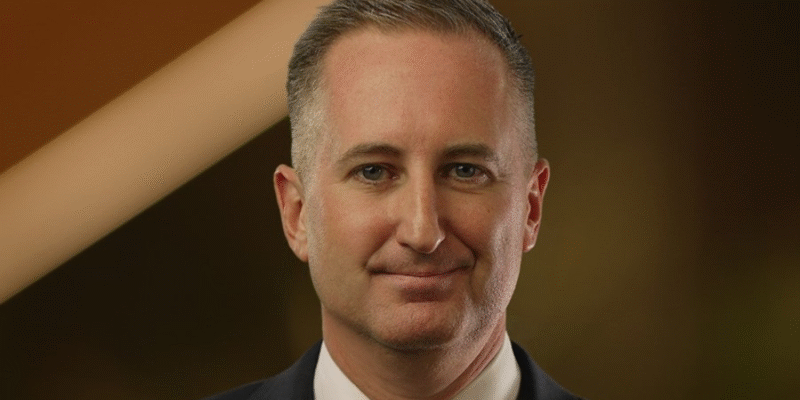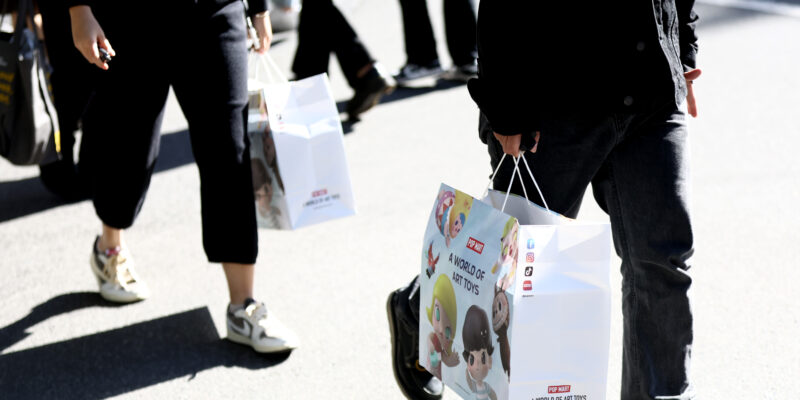Labour market stays tight despite surprise drop in jobs
The economy lost some jobs in May, confounding expectations, but the Reserve Bank will likely view it as noise not signs of a weakening labour market.

A surprise fall in jobs will do little to further improve the prospects of a Reserve Bank rate cut as the central bank weighs up the impact of a tight labour market.
Australia’s unemployment rate held steady at 4.1 per cent in May, but 2500 jobs dropped out of the economy, the Australian Bureau of Statistics reported on Thursday.
Despite the result confounding forecasts of a 21,200 gain in employment, economists don’t expect the RBA to read too much into it as it followed a jump of 87,600 jobs in April.
The fall in employment suggested some “payback” in the labour market, IG market analyst Tony Sycamore said.
Employment was still up by 2.3 per cent since May 2024, a rise bigger than the pre-pandemic, 10-year average annual growth rate of 1.7 per cent, bureau head of labour statistics Sean Crick said.
“This fall in employment, combined with a drop in unemployment of 3000 people, meant that the unemployment rate remained steady at 4.1 per cent for May,” he said.
The volatility in employment figures has not been reflected in the jobless rate, which has held within a tight 3.9 to 4.4 per cent range since March 2024.
The participation rate fell 0.1 per cent to 67 per cent.
“Together, today’s numbers imply the labour market is continuing to gradually cool,” Mr Sycamore said.
The Reserve Bank watches the labour market closely as it is a key influence on inflation.
Mr Sycamore expects the RBA to lower interest rates by 25 basis points at its next board meeting in July, but the rates market marginally reduced the odds of a July cut to 63 per cent following the latest release.
ANZ economists Aaron Luk and Adam Boyton said the labour market was tracking healthier in the June quarter than the RBA expected in its May forecast.
But they expect the central bank to ignore some of the noise of the fluctuating employment growth figures.
“The unemployment rate has averaged 4.07 per cent over the June quarter so far versus the RBA’s forecast of 4.2 per cent,” they said, while employment growth was also tracking higher than forecasts.
“These aren’t large differences, but they do show a better near-term labour market picture than the RBA’s starting point in the May Statement on Monetary Policy.
“That said, we suspect these data won’t sway the market or analysts one way or another on the July RBA board meeting.”






